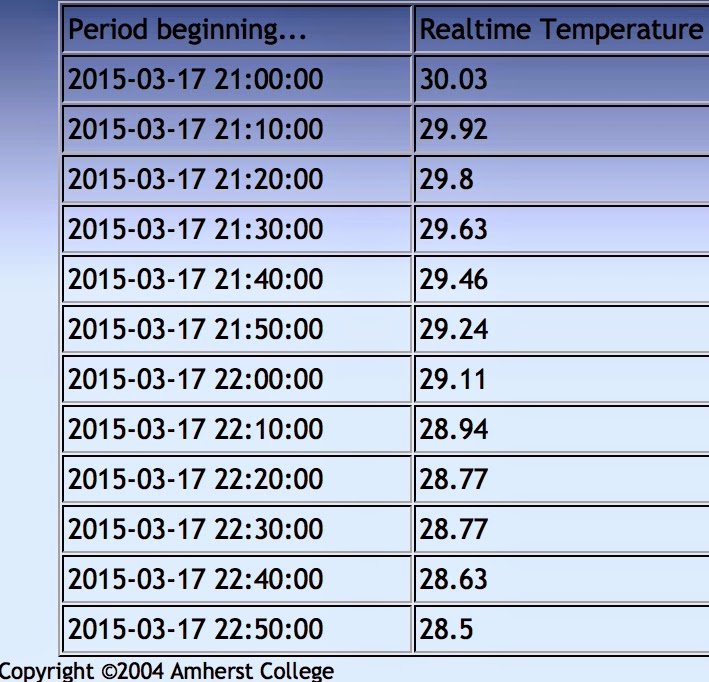Boltwood Place (12 units) valued at $1.7 million could have saved $34,000 tax bill 1st year
Town officials are busy crafting a Special Act Home Rule Petition article that must pass Amherst Town Meeting before it goes to the state legislature for their approval to allow the Select Board to give property tax breaks to developers -- especially in areas where such development is cost prohibitive.
The tax incentive -- which could hypothetically zero out property tax for the first year or two and then phase in over the next eight years -- is seen as complimentary tool to work alongside the Planning Board's new Inclusionary Zoning article, which also requires Town Meeting approval ... two-thirds no less.
Because of irregular lot sizes and high cost of land the downtown and other village centers are especially problematic for developers to create far less profitable affordable units in their projects.
According to Planning Board Chair David Webber:
In exchange for the 10% requirement and to make the resulting developments more economically viable the Inclusionary Zoning article gives certain “cost offsets.” These include increased height, floors, and lot coverage among other things.The Planning Board has been diligently planning their Inclusionary Zoning article for the past year, and town officials have used tax incentives in the past with Atkins Farms Country Market in South Amherst and the Cushman Village Store in North Amherst to stimulate development.
The Planning Board supports this article even without tax incentives because we believe it will be a substantial improvement over the current bylaw which has not resulted in any constructed affordable housing units.
It is the downtown (BG) and adjoining areas that are already built out to the lot lines where the proposed non-zoning article will likely be needed. That consists of a home-rule petition to allow discretionary tax incentives for affordable units (i.e. not tax them for up to 10 years) where the IZ incentives are not enough.
Together these provisions should result in new, deeded affordable units without stifling new residential development.
Amherst has one of the highest housing costs in Western Massachusetts because of the presence of UMass Amherst, which also causes our "college town" to have the lowest medium age in the state.
The average working middle class family is priced out of the market because they can't compete with the per bed rental model absentee landlords rely on to market property to "college age youth."
And NIMBYs are nothing if not organized -- fighting housing developments an all fronts like Muhammad Ali in his prime.
The simple formula is as old as capitalism itself: supply must at least come close to satisfying demand.








































